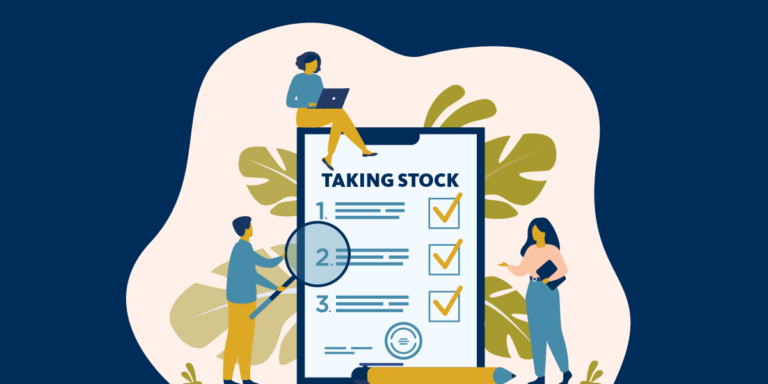
From the desk of Eric Molho:
Sometime in 1986, my mother and older brother went on a college visit trip to far away Minnesota. We lived in Indiana and my teenage knowledge of Minnesota consisted of the following: it’s cold. At some point on their journey, my mother zipped into the admissions office of St. Olaf College. She knew this school only from radio broadcasts of their Christmas festival and had always been intrigued by it. My older brother had no interest in St. Olaf but the staff members were quite friendly to my mom and even gave her lunch and a tour. They asked if she had any other children and she mentioned me – the younger brother who was sort of interested in music.
“Here,” said the admissions staff member, handing over a one-color, trifold brochure. “We have a summer music camp for high school students. Perhaps that might be of interest to your son.”

Determining Direction
It’s not often in life that we can pinpoint an exact moment where our journey takes a specific turn. More common, I think, are the slow angles and course-corrections we make that eventually determine our true direction. But for my life, that moment in the St. Olaf admissions office, a moment when I wasn’t even present, was a monumental road sign that would ultimately determine much of my life’s journey.
Back to Basics
My mother dutifully brought home this simple (and by today’s standards, unremarkable) brochure and asked if I was interested. For whatever reason, I got excited by this far away place and the idea of music camp. I spent two summers at the St. Olaf music camp, which led to me considering (and ultimately choosing) St. Olaf for college. Upon graduation, I wanted to stay near the friends I met in college and made Minnesota my home. Today, I work for a man who was a mentor for years and who I was introduced to through St. Olaf. All of this, ultimately, can be traced back to one brochure. Had that admissions officer not foisted this single piece of paper on my mother, my life story would have been very different.
One of our challenges as marketing professionals is keeping up with all the strategies that are necessary to keep sharing our message. As technology gets noisier, we continue to layer on additional tactics to our plans. But, the reality is, our foundational communication tools continue to carry the bulk of our communication success. Brochures, website content and collateral still matter – even if we may be spending most of our time analyzing CRM data and campaign analytics.

Taking Stock
How an end-of-year audit can bring focus to your marketing
The new year is a good time to take stock, not just of our plans for future campaigns, but also of our foundational tools. With the speed of work feeling increasingly fast, it’s always surprising how quickly content or design can become dated. We can also be so focused on our newest tactics, we lose sight of the tools that are critical to our success.
Audit Your Foundation
As you finalize your plans for 2022, consider making time to audit your foundational tools.
- Reread your entire website. Is everything still current? Accurate?
- Review your print collateral, such as brochures, letterhead, business cards and case studies. Does this still match your current look and feel? Align tightly to your graphic identity?
- Review recent documents and templates. Does everyone have access to the tools they need to represent your brand appropriately? Are there clear and easy-to-follow directions?
- Check everyday staff communication tools. Are email signatures consistent? Voicemail messages aligned to branding guidelines?
- Scan your physical environment both in the office and, these days, at home. Are branding elements, like signage, current? Are visual identities professional and appropriate?
- Check your style guide. Is it still up to date and accurate? Is now a good time to resend this to staff members and remind them of the importance of consistency?
- Check the stock room. Have outdated supplies or tchotkes been removed? Are current supplies, well, current?
It’s possible your audit may uncover some unexpected surprises that require additional work – but, better to find that now and prioritize within your work plan than to allow it to remain unaddressed.
After all, you never know when a brochure may change the course of someone’s life.